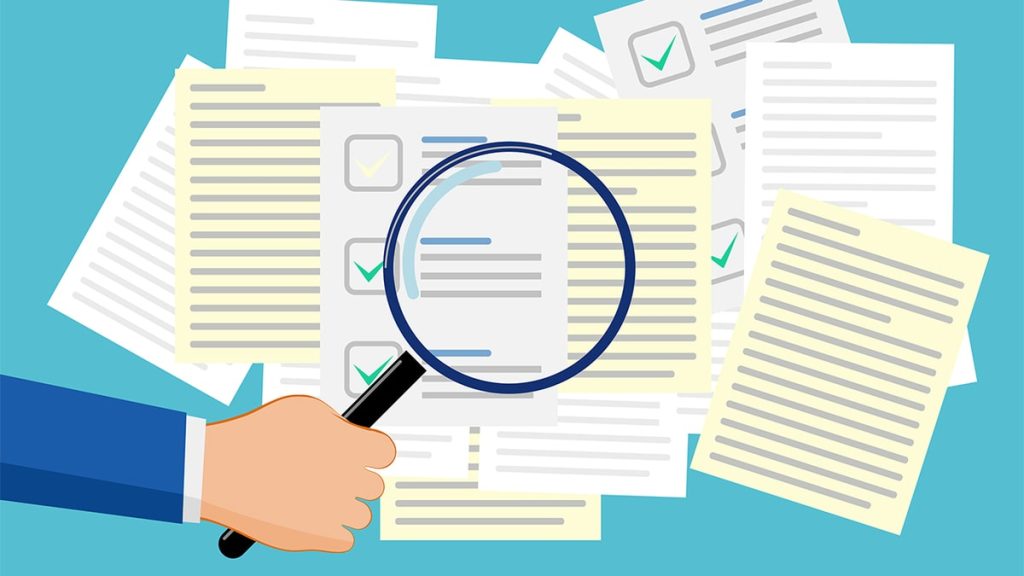Introduction
A payment descriptor, also known as a billing descriptor, is the text that appears on a customer’s bank or credit card statement to describe a transaction. This small piece of information is crucial for recognizing transactions, resolving disputes, and preventing chargebacks.
Understanding Payment Descriptors
Payment descriptors are divided into three main types: static, dynamic, and shortened descriptors. Each serves a specific purpose depending on the nature of the transaction and the business model.
Static Descriptors are fixed descriptors that appear on every transaction for a particular merchant. For instance, if you run a coffee shop called “Brewsters,” your descriptor might simply read “BREWSTERS.”
Dynamic Descriptors allow for additional details to be added to the descriptor, providing more context to the transaction. For example, “BREWSTERS*ESPRESSO” might be used for a specific purchase, including the item name.
Shortened Descriptors are abbreviated forms of your business name, often used in high-volume transactions. For example, “BRWST” could be the prefix for different types of transactions, such as “BRWST*LATTE.”
Table 1: Comparison of Descriptor Types
| Descriptor Type | Example | Use Case | Advantages |
|---|---|---|---|
| Static Descriptor | BREWSTERS | Single-product/service businesses | Consistent |
| Dynamic Descriptor | BREWSTERS*ESPRESSO | Multi-product/service businesses | Detailed |
| Shortened Descriptor | BRWST*LATTE | High volume transactions | Concise |

Finding Your Payment Descriptor
For merchants, payment descriptors can typically be found within the payment processor’s dashboard. Here’s how to locate them on popular platforms:
- Stripe:
- Log in to your Stripe dashboard.
- Go to Business Settings > Public Information.
- Set and modify your statement descriptor.
- Shopify:
- Sign in to your Shopify Admin.
- Go to Settings > Payments > Manage under the Shopify Payments section.
- Scroll down to find the Customer Billing Statement section.
- PayPal:
- Log in to PayPal and go to your profile settings.
- Navigate to My Selling Tools > Payment Receiving Preferences.
- Modify your statement descriptor here.
- Adyen:
- Access the Customer Area.
- Go to Settings > Account Settings > Statement Descriptor.
For customers, payment descriptors appear on bank or credit card statements. If a descriptor is unclear, contact the merchant directly.
Note: Merchanto.org, a certified partner of VISA and MasterCard, provides advanced solutions for chargeback prevention. More information is available here.
Managing Payment Descriptors
Effective management of payment descriptors is critical for reducing chargebacks and maintaining customer trust. Key practices include:
- Clarity and Accuracy: Ensure your descriptor clearly represents your business or the product/service sold. Avoid confusing abbreviations.
- Regular Updates: If your business undergoes rebranding or introduces new products, update your descriptors accordingly.
- Localization: For international operations, localize descriptors to match the language and cultural expectations of customers.
- Character Limit Compliance: Most payment processors impose character limits (typically 22-25 characters). Be concise but informative.
Table 2: Common Challenges in Descriptor Management
| Challenge | Solution | Example |
|---|---|---|
| Character Limitations | Use shortened descriptors and meaningful abbreviations | “BRWST*LATTE” for “Brewsters Latte” |
| International Markets | Localize descriptors to the local language | “BRWST*CAFE” for French market |
| Rebranding or Name Changes | Proactively update descriptors across all platforms | Notify customers via email/social media |

Payment Descriptors and Chargeback Prevention
Payment descriptors are crucial for preventing chargebacks. According to VISA, up to 60% of chargebacks are due to customers not recognizing transactions on their statements. Clear descriptors can reduce these occurrences significantly.
Chargeback Prevention Strategies:
- Regular Monitoring: Track chargeback rates and adjust descriptors if recurring issues arise.
- Customer Feedback: Use feedback on descriptor clarity to make necessary improvements.
- Transparency: Include contact information or a customer service number in your descriptor to facilitate communication.
Conclusion
Payment descriptors have a significant impact on customer satisfaction and chargeback rates. Understanding the different types of descriptors, knowing where to find and manage them, and following best practices can enhance business transparency and reduce disputes.
Key Points:
- Descriptor Types Matter: Choose the right descriptor for your business.
- Stay Updated: Regularly review and update descriptors to reflect business changes.
- Chargeback Prevention: Clear descriptors are essential for reducing chargebacks.
Table 3: Chargeback Rates by Industry
| Industry | Average Chargeback Rate | Primary Cause |
|---|---|---|
| E-commerce | 0.50% | Unrecognized transactions |
| Travel & Hospitality | 0.70% | Service disputes |
| Digital Goods | 1.00% | Fraudulent transactions |
By implementing these practices, businesses can effectively manage their payment descriptors, leading to smoother transaction experiences for customers and a lower risk of chargebacks.



